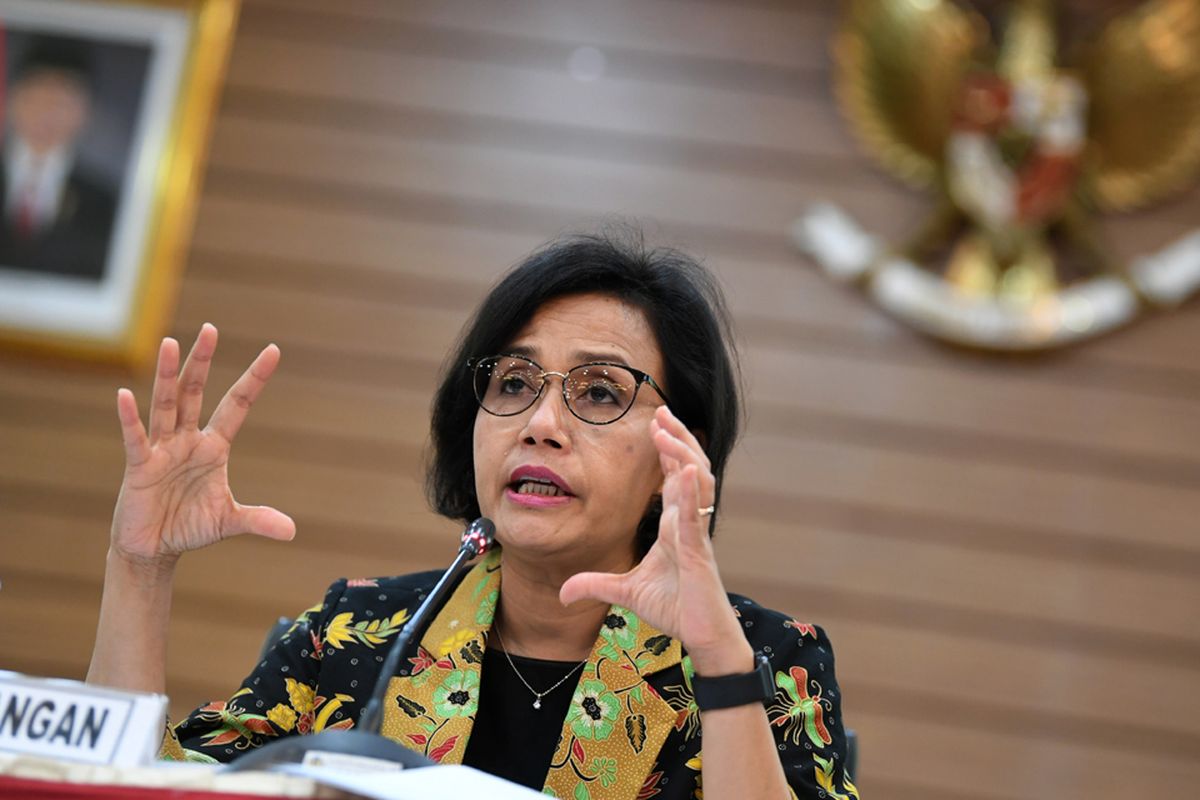No Guarantee Indonesia Will Reach High-Income Country Status: Finance Chief Sri Mulyani

JAKARTA, KOMPAS.com – There is no guarantee Indonesia will make it as a high-income country under World Bank classification despite the recent assessment by the multilateral organization ranking it as upper-middle-income, said Finance Minister Sri Mulyani.
Indonesia’s rise from its previous lower-middle-income status was announced by Coordinating Minister of Maritime Affairs and Investment Luhut Panjaitan on July 1.
The World Bank based its decision on its assessment of Indonesia’s gross national income (GNI) per capita.
Read also: World Bank Raises Indonesia’s Status to Upper-Middle-Income Nation
In 2019, Indonesia’s GNI per capita rose 7.6 percent to $4,135 from $3,840.
Sri Mulyani was quick to point out that Indonesia’s income status upgrade does not guarantee the country will become a high-income country.
Many economies have spent more than 30 years as an upper-middle-income country but have yet to raise their status to high-income, she said.
Read also: Morgan Stanley: Indonesia Could Rank in Second-Fastest Group of Economies to Recover
“This means that they entered the middle-income trap. Indonesia must work to make sure it does not fall under the middle-income trap,” Sri said during a meeting of the People’s Representative Council of Indonesia Commission IV on July 7.
There are some Asian countries though that have succeeded in becoming a high-income country such as Singapore and South Korea. Many others such as Malaysia, Brazil, China, and Thailand fall under the same category as Indonesia.
Read also: Indonesian President Jokowi: ASEAN Must be Subject of Global Politics
To prevent falling into the middle-income trap, Sri Mulyani stressed on the importance of understanding the cause behind the country’s entry into the trap.
“We have to look at the foundation of what determines production, competitiveness level, and human capital quality in Indonesia,” said Sri.
GNI classification
The World Bank classifies countries into four groupings based on their GNI per capita.
A low-income country has a GNI per capita of $1,035.
A lower-middle income’s GNI per capita range is between $1,036 and $4,045.
An upper-middle-income country has a GNI per capita range between $4,046 and $12,535.
Lastly, a high-income country has a GNI per capita of more than $12,535.
Read also: Stimulus Package to Jolt Indonesia’s Economy in Q3: Senior Minister Airlangga Hartarto
Previously, Finance Minister Sri Mulyani said that Indonesia would need 23 years to become an upper-middle-income country.
Her previous statement was based on her assessment of other countries such as Brazil, Malaysia, and Mexico. They needed 25 years, 22 years, and 28 years respectively to be upgraded to an upper-middle-income country.
(Writer: Mutia Fauzia | Editor: Bambang P. Jatmiko)
Simak breaking news dan berita pilihan kami langsung di ponselmu. Pilih saluran andalanmu akses berita Kompas.com WhatsApp Channel : https://www.whatsapp.com/channel/0029VaFPbedBPzjZrk13HO3D. Pastikan kamu sudah install aplikasi WhatsApp ya.

































